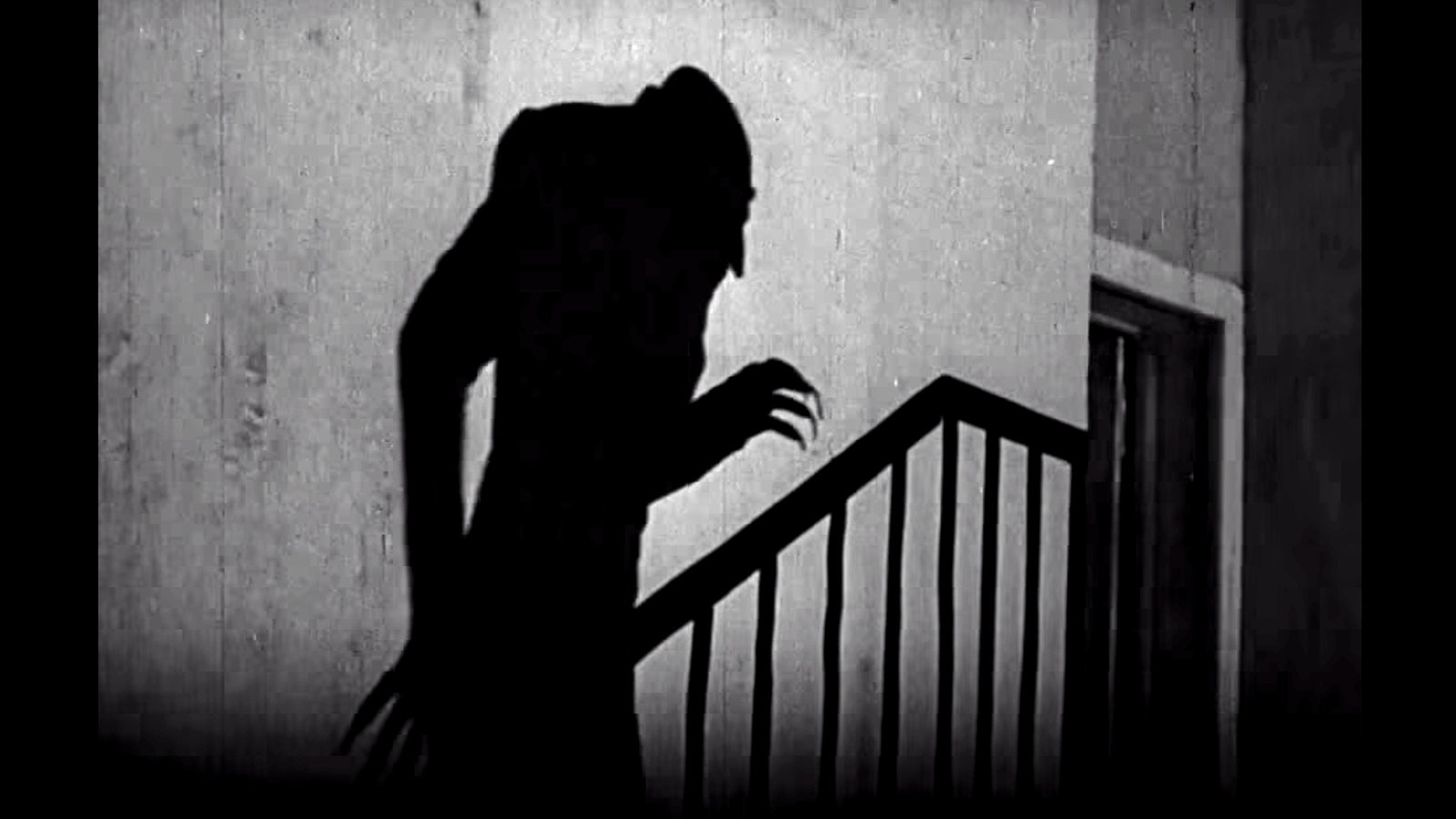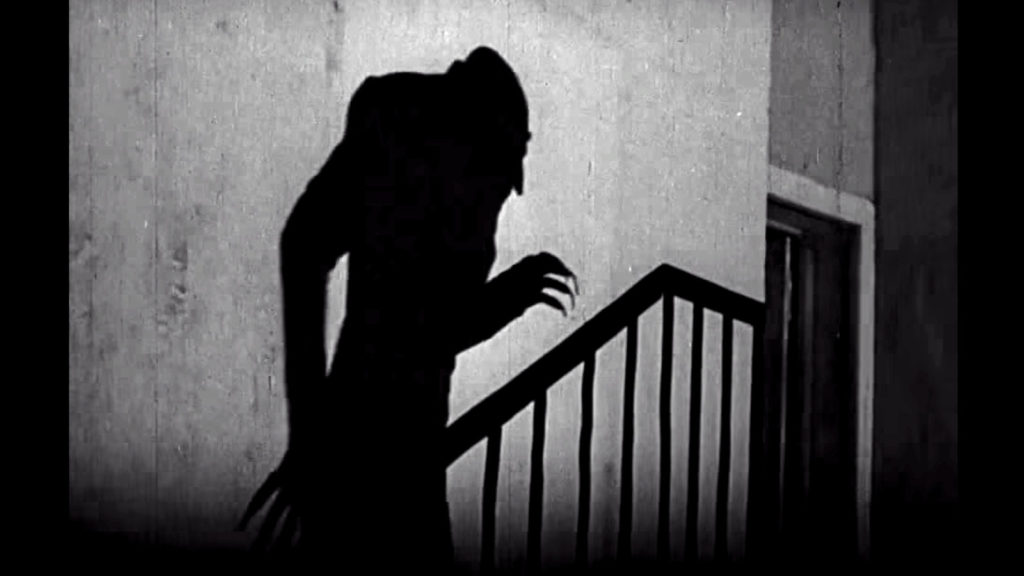Horror ban


![]()
Australia
Horror pictures like Frankenstein (1932) and Dracula (1931) hit cinema screens not long after sound became a new facet of the film-going experience. Both moved audiences in new ways and proved popular. Chief Censor of the Film Censorship Board, J.O. Alexander, made no secret of his personal dislike of horror pictures. In 1942 the genre had its own classification category – H for horror was used in film advertising and therefore advisory. However, by the late 1940s, Alexander was still unsatisfied and garnered opinion on the issue from various sources, such as the Customs Minister and the Chief Secretary of Victoria, who were also critical of the genre. Exhibitors were also unhappy as they received complaints from Parents and Citizens’ Associations. These not only resulted in less revenue for the cinema, but a bad reputation for the cinematic medium. Horror pictures declined in number until 1947 saw no new releases; the genre was thought to be dying out.
Despite this production lull, in 1948, Alexander placed a ban on horror films entirely, claiming the genre had “no cultural or entertainment value and its appeal extends only to a very limited section of the community, a section whose mental outlook should not be fed with films of this nature.” He also found the films “a source of potential danger to women in a delicate state of health” (letter dated 22/04/1948). The horror ban was enabled by Customs law which stipulated no film could be registered if, in the Film Censorship Board’s opinion, it depicted matter “the exhibition of which is undesirable in the public interest”. The Minister for Customs approved the ban on 6 May 1948, and reaffirmed it in 1956. The genre received similar treatment from censorship authorities in Britain and the U.S. (Petley, 2017). Although drastic, the ban provided a solution to complaints and added a legal restriction to children who were not legally stopped from attending the cinema (the “A” category was only advisory), and it was a move to win back the audience’s trust in cinema programmes.
A decade later, questions of censorship continued to be characterised by issues of film classification and restriction by age, although Australia still did not have a formal classification system in place. In 1964, Chief Censor R. J. Prowse led the Film Censorship Board to make decisions based on three main concerns, with the third seen as most important:
- Is the film likely to impair moral standards of viewers by extenuating vice or crime or by depreciating social values?
- Is it likely to be offensive to a normal audience of reasonably minded citizens? A normal audience, the Board considers, would not welcome as entertainment harrowing death or torture scenes, gruesome hospital and accident scenes, unnecessary brutality, cruelty to children or animals, indecency, vulgarity, etc.
- What will be the film’s effect on children?
(cited in Williams, 1970, p56)
– Rachel Cole
Image from https://www.nytimes.com/watching/titles/nosferatu
Further reading:
National Archives of Australia file. NAA: A425, 1959/22905
Chapter in edited collection. Petley, J. (2014) “Horror and the Censors” in A Companion to the Horror Film by Harry Benshaw (ed.), John Wiley and Sons: ebook.
Chapter in edited collection. Williams, E. (1970) “Cultural Despotism — Film Censorship” In G. Dutton & M. Harris (ed.s), Australia’s Censorship Crisis, (pp. 52-69). Melbourne: Sun Books.